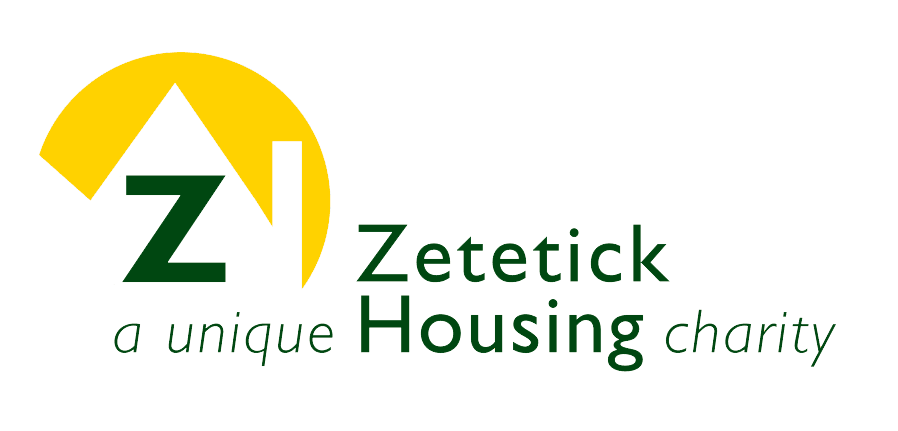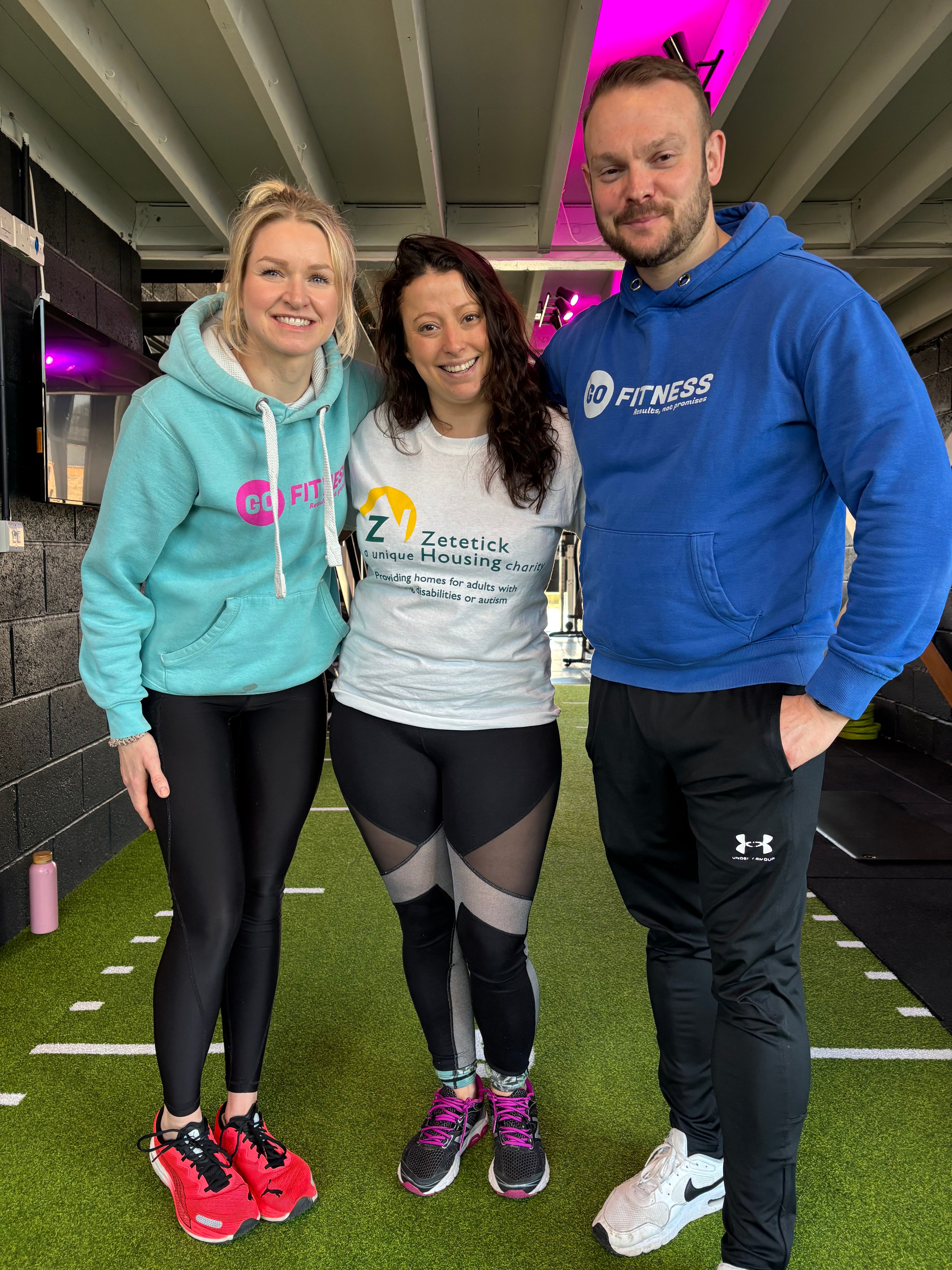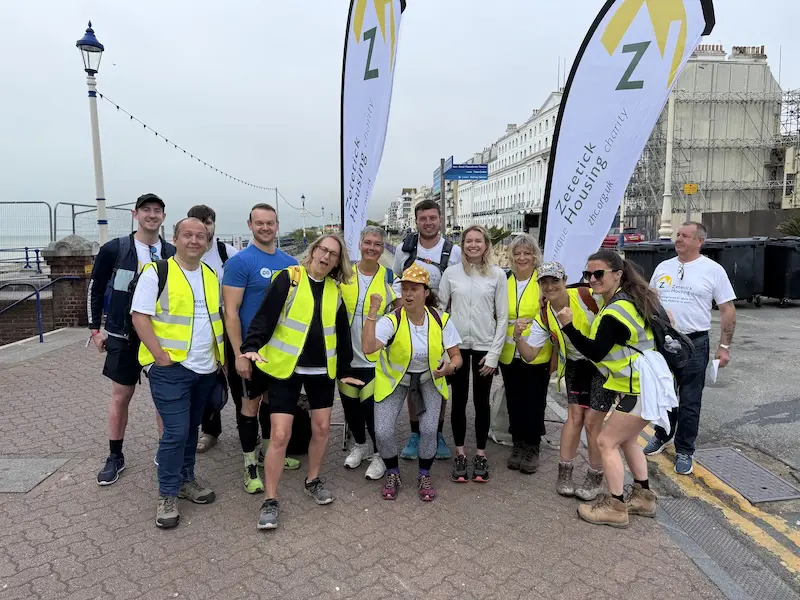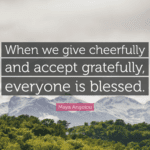Table of Contents
Summary
This article explores why a website matters more than ever in an online world filled with short and often AI written posts. It explains how many organisations rely too heavily on social media while neglecting their website, which is the one place they can speak clearly, honestly, and in their own voice. Drawing on ideas from postmodernism and the decline of big shared narratives, the piece encourages charities and values based organisations to use their website to say what they stand for, not just what they do. It ends by asking readers what they use their website for and whether they are really saying what matters.
What is your website for?
A reflection on AI, echo chambers, and the public voice of a charity
Your Website or the Void
There is a quiet but persistent habit many organisations fall into. They invest time in meetings, reports, team updates, internal systems. All of this feels productive and solid, and in many ways it is. It reflects real work, real effort, real delivery. But step outside the internal walls and a different question arises, one that does not always get asked: what is the message you are offering to the public?
A website should be the answer to that question. Not just a page about your services, not just a logo or a mission statement, but a coherent voice. A website has the rare distinction of being your public presence that is not mediated by social media, not shaped by algorithms, and not bound by performance metrics. It is the one place where you get to say what matters — clearly, truthfully, and on your own terms.
And yet most websites say very little. They state the obvious. They confirm existence. They show that something is happening, but not why it matters. So the burden of visibility shifts elsewhere — to the easier space of social media, where engagement is quicker and less demanding. LinkedIn becomes the platform for declarations, reflections, and familiar micro-narratives. The real work of explanation is quietly dropped.
The Disappearance of the Bigger Story
When social theorists like Lyotard and Bauman wrote about the collapse of grand narratives, they were describing a shift that now defines much of our digital life. We no longer speak in overarching truths or shared purposes. Instead we trade in smaller, safer stories — the kind that feel personal, immediate, and easily consumable. These are the posts about resilience, the stories from train platforms, the quick-fire lessons on leadership or kindness or efficiency. Many of them are honest. Some are valuable. But they rarely add up to something larger.
This shift suits the rhythm of platforms like LinkedIn. It rewards brevity, confirms identity, and creates a comforting echo chamber where professionals cheer each other on. The algorithm does not penalise repetition. There is little room for contradiction, let alone complexity. And as AI enters the picture more deeply, that pattern accelerates. We are now witnessing entire networks of people engaging with content written by automated systems, about automated systems, for audiences who are unsure what is human and what is not.
In this environment, the lazy thing is not to lie. It is to say nothing of consequence. And often, that is exactly what happens.
Why a Website Still Matters
For a charity like ours, the risk is clear. If our only public expressions are filtered through platforms designed for affirmation, then we lose our ability to speak clearly. We lose the opportunity to define who we are, what we do, and why we matter — not just to funders or regulators, but to the communities we serve.
That is where the website comes in. Not as a digital leaflet, not as a compliance tool, but as a form of voice. It is where the deeper message should live. And if that message is missing, then it is not just the website that is silent. It is the organisation itself.
At Zetetick Housing, we believe this matters. Supported housing is about more than contracts, more than outcomes, more than care packages. It is about homes. Lives. The right to stability, dignity, and belonging. These are not abstract values. They are things we deliver every day. But they must be spoken aloud to be understood. That is why we are taking our website seriously. Not to impress, but to explain. Not to be loud, but to be clear.
Because if we do not say what we believe, no one else will say it for us.
A Question for Others
So we return to where we began. What is your website for? And if it is not the place where you speak your truth — if it is just a placeholder or a passive archive — then where does that truth get told?
We live in a society where Trust is often lost, in social media especially, where the oligarchs that run it have interfered in politics and offer something that appears to be free but is really in excahnge for private data.
So this is not just a branding question. It is an ethical one. It asks whether we are still willing to take responsibility for our own voice, even in an environment that tempts us to automate, abbreviate, and dilute everything we say.
For charities, social enterprises, and values-led organisations, the need for a real public voice has never been more urgent. A website will not fix that on its own. But it is where the decision begins. What is your website for?





 Giving: experience the joy of giving for free
Giving: experience the joy of giving for free Charity Donations | 3 reasons for bountiful giving
Charity Donations | 3 reasons for bountiful giving Life partners - Rosie's story
Life partners - Rosie's story Meet Zetetick trustees - An interview with Natasha
Meet Zetetick trustees - An interview with Natasha